
ARCHIVED - NASA Sun & Space
@NASASun
This account has been archived. Follow @NASASpaceAlerts for news about solar activity and @NASASolarSystem for all other Heliophysics-related news.
Hey @NASASun fans – this account is moving! 🚛 Going forward, all solar activity reports and alerts will come from the new @NASASpaceAlerts account, where we'll share breaking news about solar activity as well as asteroids, meteors, comets, and noteworthy happenings in our local…
The TRACERS live telecon starts in 1 hour! Listen in as mission experts discuss this soon-to-launch mission to study magnetic explosions in space. 🧲💥 go.nasa.gov/4eSqej3
From tracking plasma flows on the Sun, to detangling solar eruptions, to creating a “digital twin” of our entire neighborhood in space, NASA’s DRIVE Science Centers are on the case – and they now have new webpages! 👇 go.nasa.gov/4nKxphi go.nasa.gov/44TR8Uh…
This is the view from WITHIN the Sun’s atmosphere! ☀️👀🛰️ NASA’s Parker Solar Probe just released imagery from its closest-ever flyby of the Sun, revealing details in the solar atmosphere that scientists will be studying for years. More: go.nasa.gov/4kA9vSO
This month, the Sun is stealing the spotlight! July’s #NASAScience calendar image showcases a spectacular solar eruption, captured in Dec. 2023 by the SUVI instrument aboard NOAA’s GOES West satellite. This SUVI 304Å image reveals plasma in the Sun’s upper chromosphere, at a…
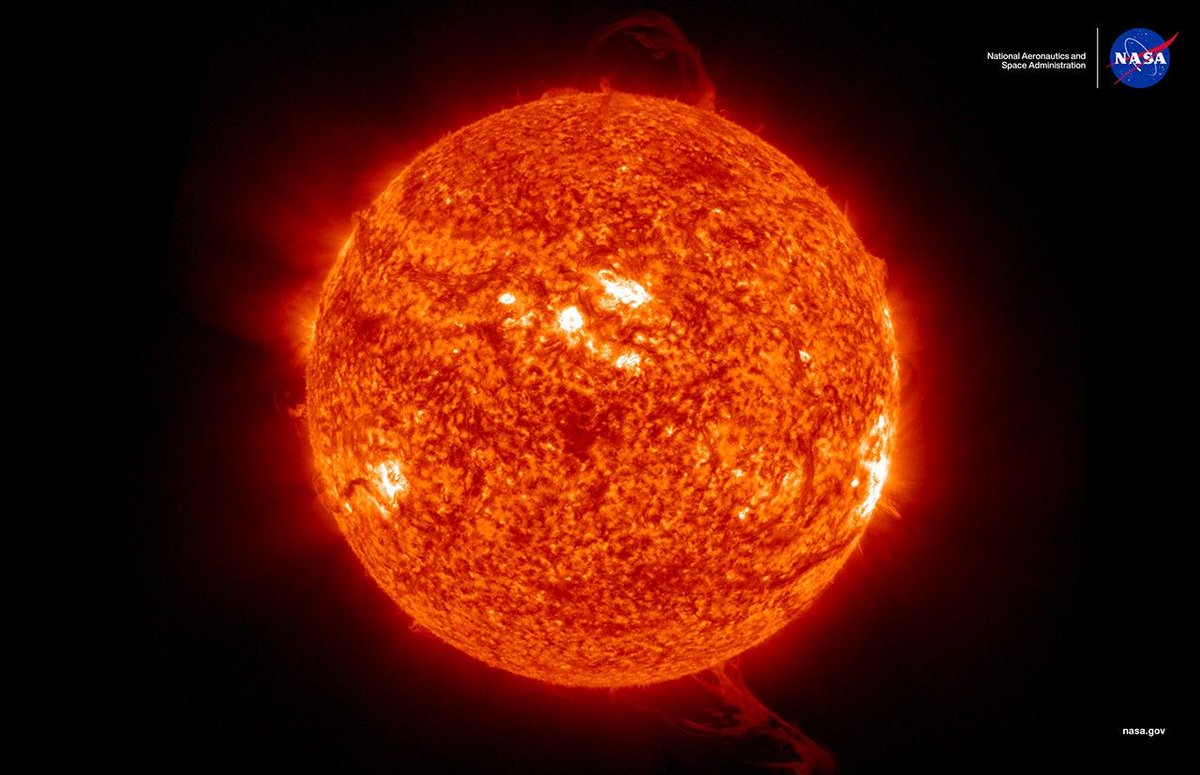
It’s #SunDay! This week’s (June 27 - July 3) space weather report includes: · 0 M-class flares · 1 C-class flare · 25 coronal mass ejections · 0 geomagnetic storms This video from NASA’s Solar Dynamics Observatory (SDO) shows the week’s activity. More on flares & coronal mass…
It looked like a minor solar eruption — but it had a major effect on Earth. ☀️💥🌎 In April 2023, a relatively weak solar storm produced vibrant auroras visible as far south as Arizona. Now, scientists have new insights into what made this storm so impactful — and how we…

Two successful launches, and that’s a wrap! 🚀🚀 The two SEED mission rockets launched from Kwajalein Atoll in the Marshall Islands on June 20 and June 28, reaching peak altitudes of 95 miles (153 kilometers) and 97 miles (157 km), respectively. Preliminary data suggest that…
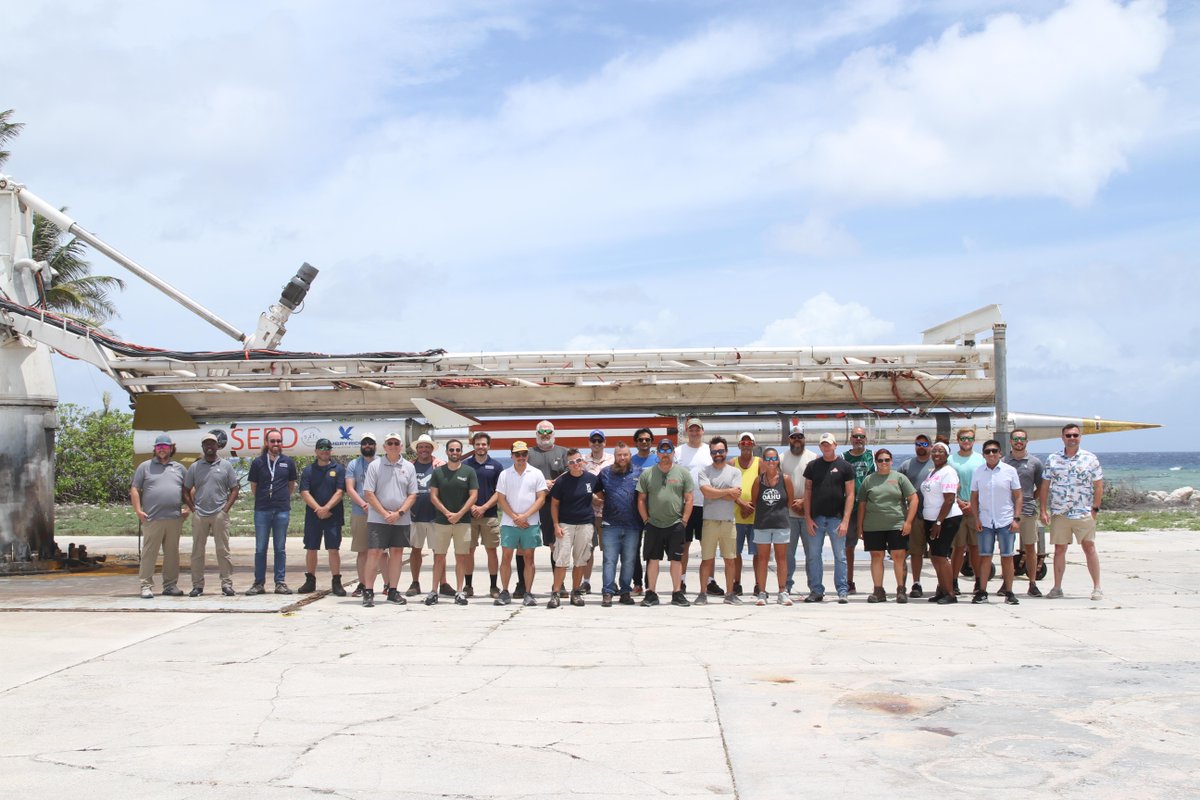
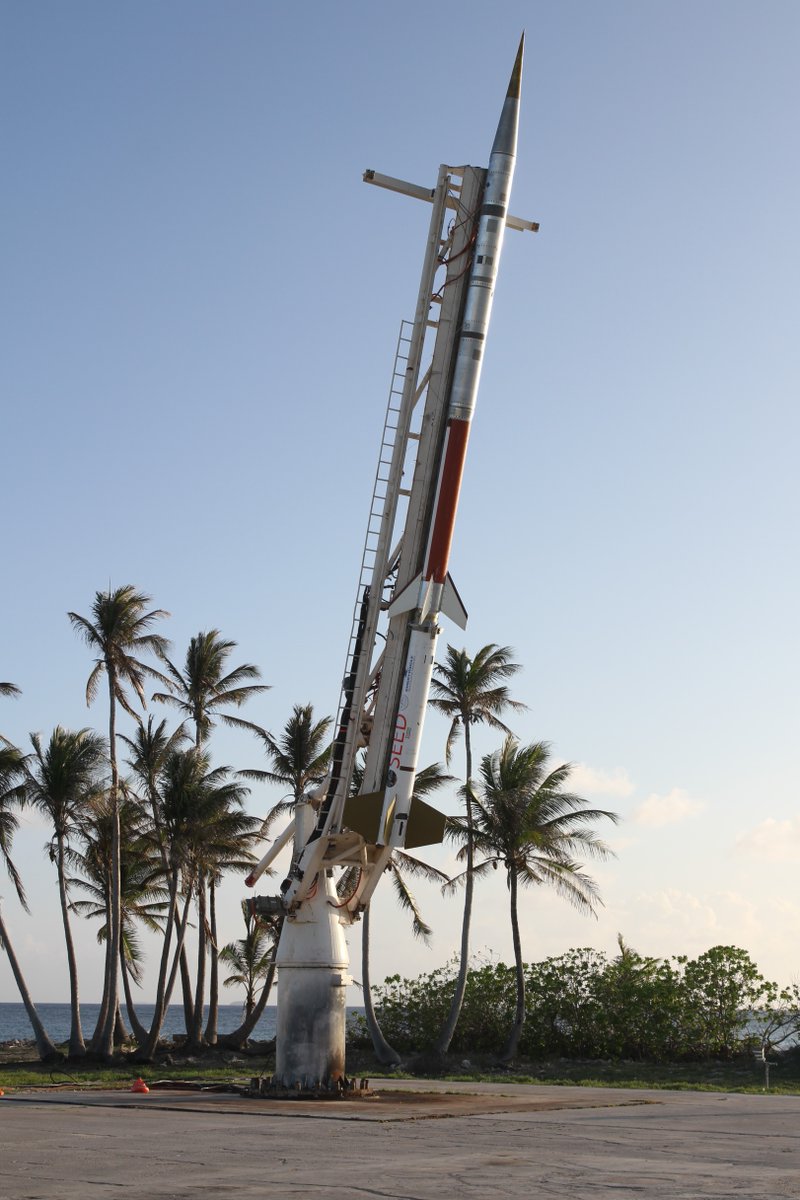
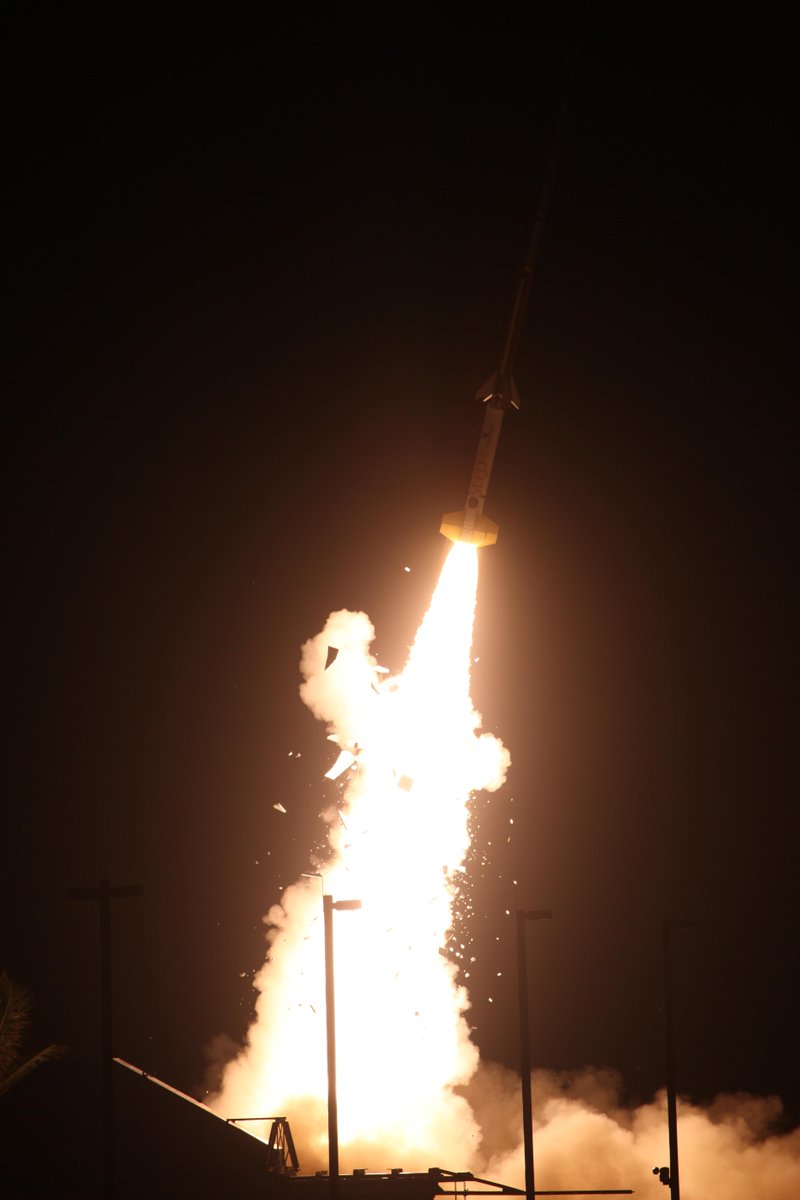
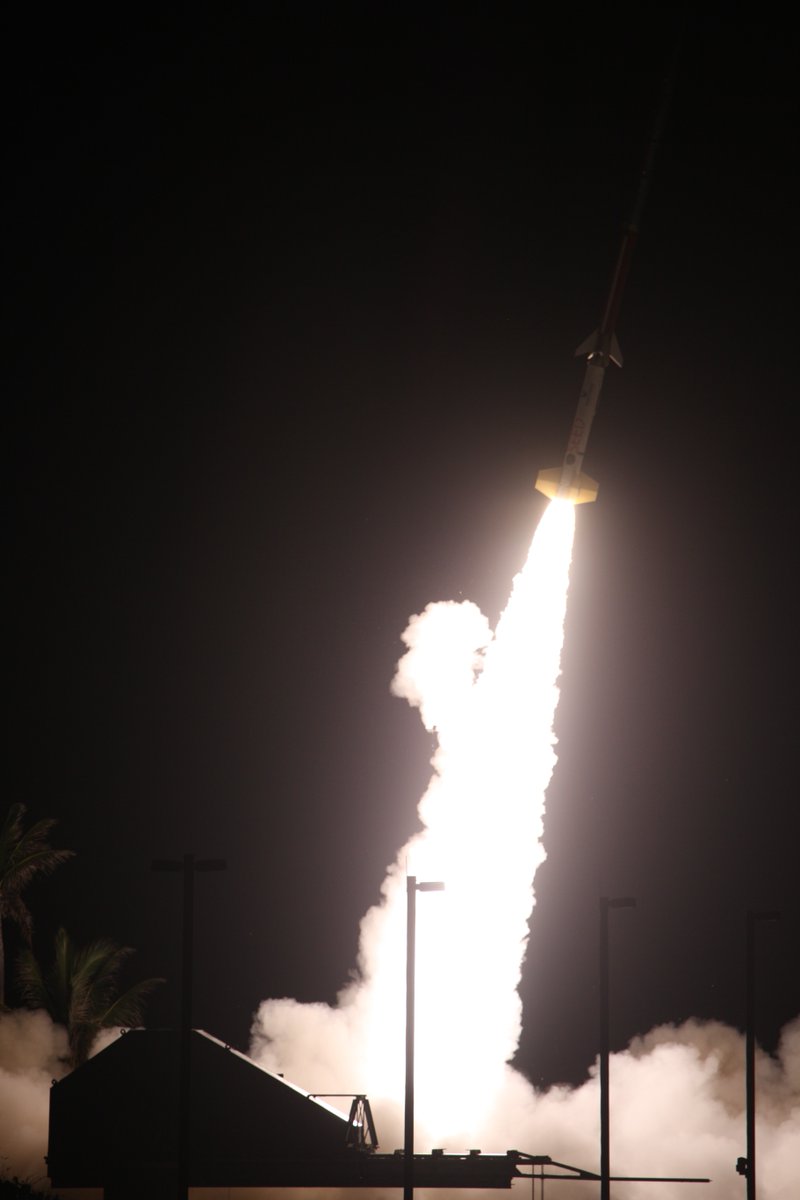
It’s #SunDay! This week’s (June 20-26) space weather report includes: · 2 M-class flares · 2 C-class flares · 34 coronal mass ejections · 0 geomagnetic storms This video from NASA’s Solar Dynamics Observatory (SDO) shows the week’s activity. More on flares & coronal mass…
Thank you to the millions who watched NASA's eclipse broadcast, took time to experience the eclipse, and shared in the wonder of the Sun and our place within this amazing universe.♥️ And HUGE congrats to the @NASASun team members who made this broadcast possible! It took many…
We won an Emmy! Our live broadcast coverage of the 2024 total solar eclipse received this year's Emmy Award for Outstanding Live News Special. Get the details: go.nasa.gov/4k9jIpa
Another daring dive by the Sun, complete! 🛰️☀️✅ On Thursday, June 19, NASA’s Parker Solar Probe completed its 24th close approach to the Sun, matching its record distance of 3.8 million miles (about 6.2 million kilometers) from the solar surface and mind-melting top speed of…
It’s #SunDay! This week’s space weather report includes: · 2 X-class flares · 12 M-class flares · 38 coronal mass ejections · 1 geomagnetic storm This video from NASA’s Solar Dynamics Observatory (SDO) shows the week’s activity. The two X-class flares both erupted from the same…